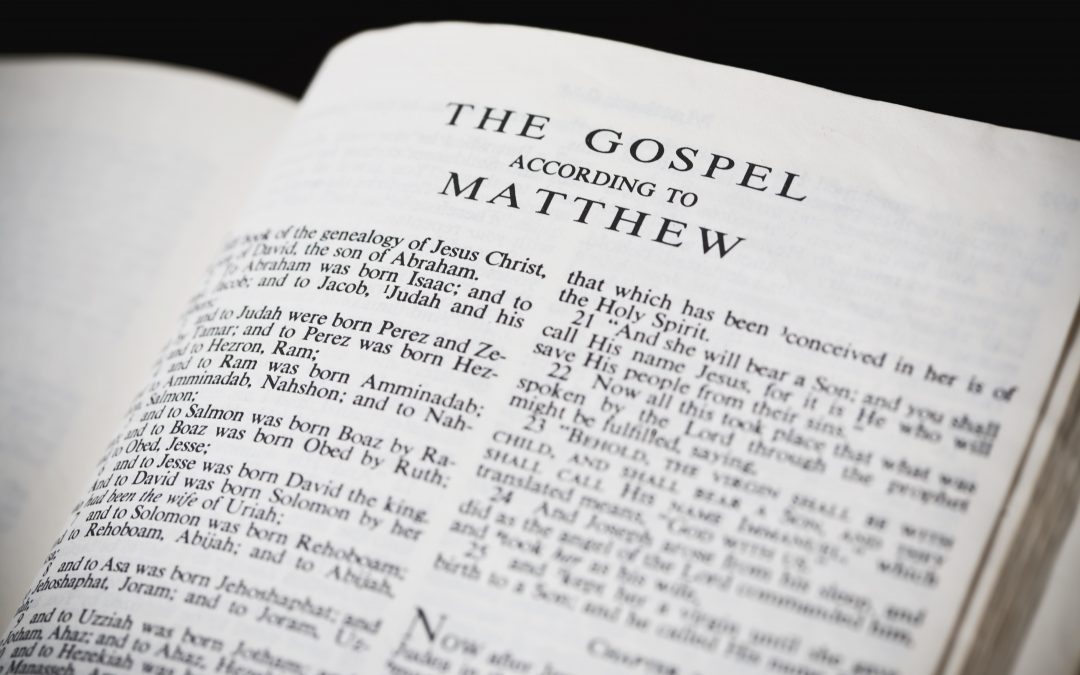|
The first two chapters of The Lord start, fittingly, at the very beginning: the origins and ancestry of Jesus of Nazareth. Guardini goes through the genealogies in Luke and Matthew in chapter one, briefly describing the academic opinions at the time around why there are two different genealogies, but spending most of the time meditating on what we can garner from those genealogies. The lines include the most prominent Old Testament figures: Abraham, David, Noah, Jacob, Enoch, even Ruth! The inclusion of these long lists of names are not merely there to provide a family tree, or even merely to prove the Messiah was descended from the proper lines according to the prophecies. The names we see draw our minds to those historical dramas. We think of these people and what we already know about them. Who they were, what they did, how they lived their lives like any man or woman and yet were still so close to God. We think of history. And it’s into that history that the Son of God enters. Rather than remain outside time, God inserts Himself into it. He becomes a part of it. John states it explicitly: “The Word was made flesh and dwelt among us.” John focuses his opening chapter on this grand metaphysical reality of the divine entering into the world. Not in some spiritual way, as an angel might appear before someone. But in a real and true way, God became a man—God became a part of the world. Guardini says it best himself: “Only in the flesh, not in the bare spirit, can destiny and history come into being . . . God descended to us in the person of the Savior, Redeemer, in order to have a destiny, to become history. Through the Incarnation, the founder of the new history stepped into our midst. With his coming, all that had been before fell into its historical place . . .” -Romano Guardini (The Lord) That is to say, the genealogy we see, we see it as a preparation. All that came before was building to this one moment, and now all of history is simultaneously upended and fulfilled by this event: the Son become man. God became history so that we could have a destiny, as His children joined to the Body and brought home to the Father from whom we came.
And let us not forget how the Son precisely did this. He did not simply show up one day, in full human regalia and say “Surprise!” No, he entered this world like every man before him. He had his own mother. Guardini spends the second chapter of The Lord reflecting on Mary, and the intense struggle she went through with this child of her own flesh and blood, whom she suckled and protected when he was most helpless, and yet who remains so wholly incomprehensible and “other.” All through Luke’s Gospel, we hear how she didn’t understand, and yet she still believed. The power of her faith was evident from her response to the angel, “let it be with me according to your word.” The angel calls her “full of grace,” and Elizabeth exclaims “blessed is she who believed!” Mary is confronted with this impossible scenario of all the worry and responsibility and love that comes with being a mother to a child, while also never being able to fully comprehend who this man is. How can any mortal comprehend the living God?! The story of Mary is the story of the power of faith and love. Her life is caught up in such confusion, and yet she lives her entire life deeply rooted by her faith. If the genealogies lead us to think of the preparation of history for the coming Incarnation, the person of Mary must lead us to think of how one ought to strive to be in this new history. Always filled with love for God, always rooted in faith, even when we can’t possibly understand the truth God has brought us in contact with.
0 Comments
|
Series Info
Every day of Lent, I am writing a reflection piece on two chapters of "The Lord" by Romano Guardini. If you'd like to read or follow along, you can find the full calendar of where we're at below, or Click Here for the main landing page. Archives
April 2020
Categories
All
|

 RSS Feed
RSS Feed